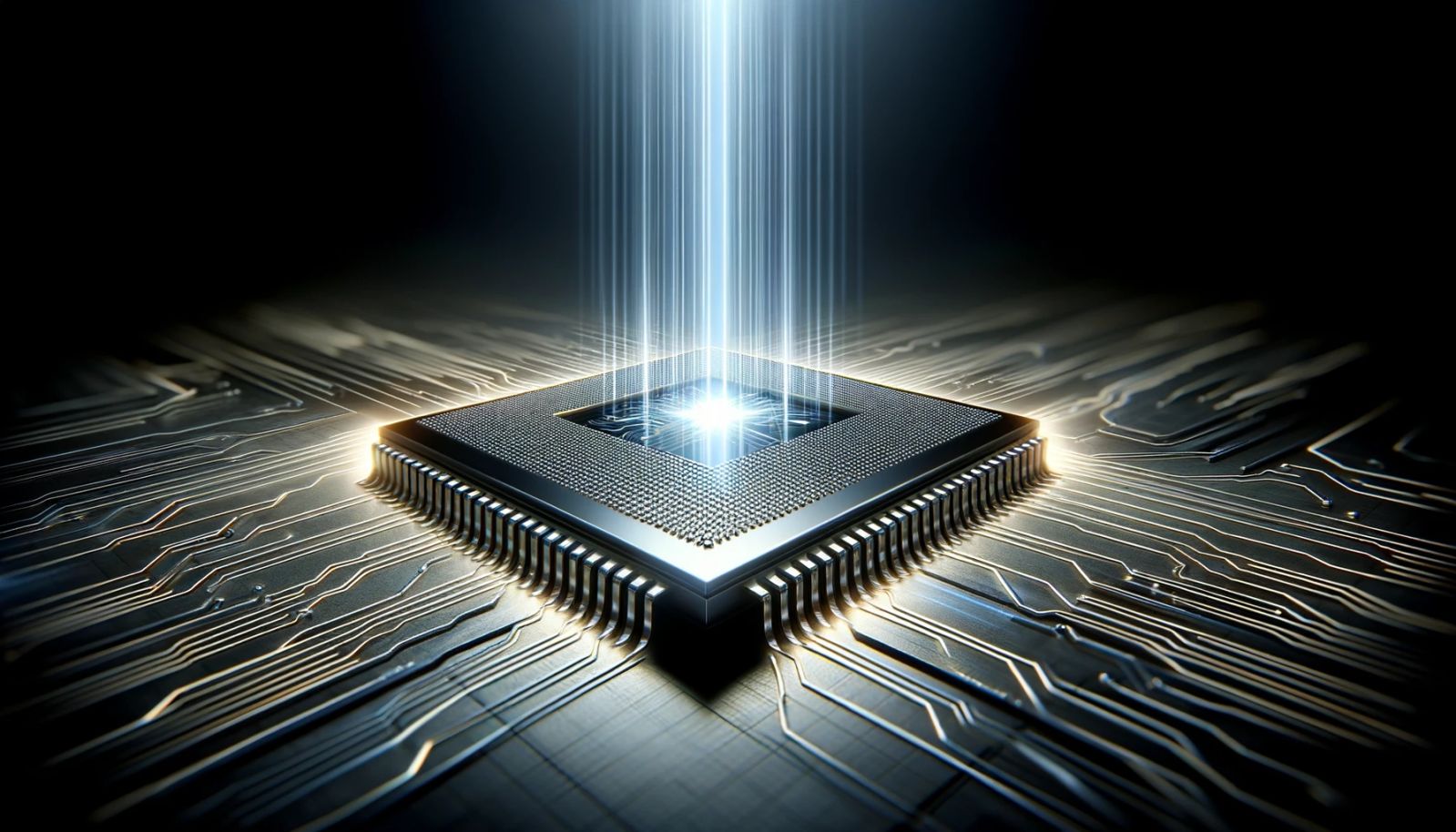This Chip Uses Light: A Revolution for GPUs and AI?
Follow us on Google News (click on ☆)

This chip, based on silicon photonics (SiPh), is a result of pioneering research by Nader Engheta, winner of the Benjamin Franklin Medal, and Professor H. Nedwill Ramsey, in the field of manipulating materials at the nanoscale to perform mathematical calculations with light. By combining this expertise with the SiPh platform, which utilizes silicon (a plentiful and inexpensive element), this technology opens the door to computers surpassing current limitations.
The collaboration between Engheta's group and Firooz Aflatouni, Associate Professor in Electrical and Systems Engineering, led to the development of this chip. Their research, published in Nature Photonics, aims to create a platform capable of performing matrix-by-vector multiplications, a crucial mathematical operation for the neural networks powering current AI tools.
Unlike a traditional approach that would use a silicon wafer of uniform height, this technology involves making the silicon thinner, about 150 nanometers (approx. 0.0059 inches), but only in certain areas. These height variations enable controlling the propagation of light through the chip, allowing for the performance of mathematical calculations at the speed of light.
In addition to increased speed and reduced energy consumption, this chip also offers advantages in terms of privacy. The ability to perform many calculations simultaneously eliminates the need to store sensitive information in the computer's RAM, theoretically making a computer equipped with this technology impenetrable.
The potential applications of this technology are vast, especially in graphics processing units (GPUs), whose demand has surged with the growing interest in developing new AI systems. This innovation represents a significant step towards faster, more efficient, and more secure computers.